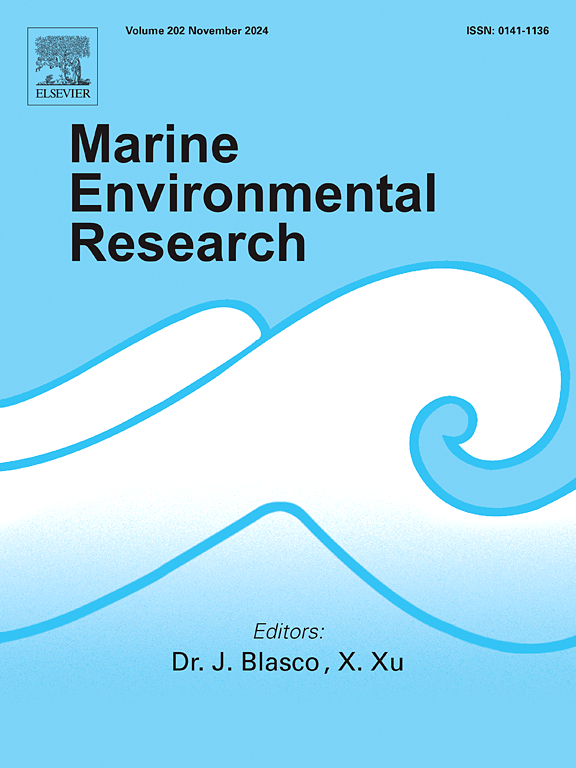Biodiversity monitoring in remote marine environments: Advancing environmental DNA/RNA sampling workflows
IF 3
3区 环境科学与生态学
Q2 ENVIRONMENTAL SCIENCES
引用次数: 0
Abstract
Understanding biodiversity is crucial for protecting unique environments, but acquiring this knowledge is challenging in isolated areas due to limited availability of easy-to-implement biomonitoring tools. To determine optimal sampling strategies in remote regions, environmental DNA and RNA (eDNA and eRNA) sampling workflows were evaluated at 12 sites in three fiords within Fiordland National Park, Aotearoa-New Zealand. For filtration comparison, a modified cruising speed net was used to concentrate eDNA/eRNA onto 20 μm nylon filters, while water from the net's cod-end was filtered through a 5 μm Smith-Root self-preserving filter using the eDNA Citizen Scientist Sampler. To compare preservation methods, Smith-Root filters were cut in half, with one half preserved in the self-preserving unit and the other in DNA/RNA Shield™ buffer. Biodiversity screening was performed by sequencing the 18S rRNA gene for eukaryotes and two mitochondrial 16S rRNA genes for fish and marine vertebrates. Comparable amplicon sequence variant (ASVs) richness was observed between methods, yet samples preserved with buffer showed higher richness of fish and marine vertebrate taxa and higher PCR amplification success. There was little variation in community composition, except for 16S rRNA targeting fish, where distinct patterns emerged based on preservation methods. Overall, sampling workflows showed similar community composition and alpha diversity across both nucleic acids. These results confirm that enhancing eDNA/eRNA yields for sparse taxa requires consideration of collection and preservation methods. However, abundant taxa biodiversity is captured consistently, allowing for adjustments without compromising robustness. These insights support streamlined eDNA/eRNA sampling, emphasizing adaptive strategies based on targeted taxa.
求助全文
约1分钟内获得全文
求助全文
来源期刊

Marine environmental research
环境科学-毒理学
CiteScore
5.90
自引率
3.00%
发文量
217
审稿时长
46 days
期刊介绍:
Marine Environmental Research publishes original research papers on chemical, physical, and biological interactions in the oceans and coastal waters. The journal serves as a forum for new information on biology, chemistry, and toxicology and syntheses that advance understanding of marine environmental processes.
Submission of multidisciplinary studies is encouraged. Studies that utilize experimental approaches to clarify the roles of anthropogenic and natural causes of changes in marine ecosystems are especially welcome, as are those studies that represent new developments of a theoretical or conceptual aspect of marine science. All papers published in this journal are reviewed by qualified peers prior to acceptance and publication. Examples of topics considered to be appropriate for the journal include, but are not limited to, the following:
– The extent, persistence, and consequences of change and the recovery from such change in natural marine systems
– The biochemical, physiological, and ecological consequences of contaminants to marine organisms and ecosystems
– The biogeochemistry of naturally occurring and anthropogenic substances
– Models that describe and predict the above processes
– Monitoring studies, to the extent that their results provide new information on functional processes
– Methodological papers describing improved quantitative techniques for the marine sciences.
 求助内容:
求助内容: 应助结果提醒方式:
应助结果提醒方式:


